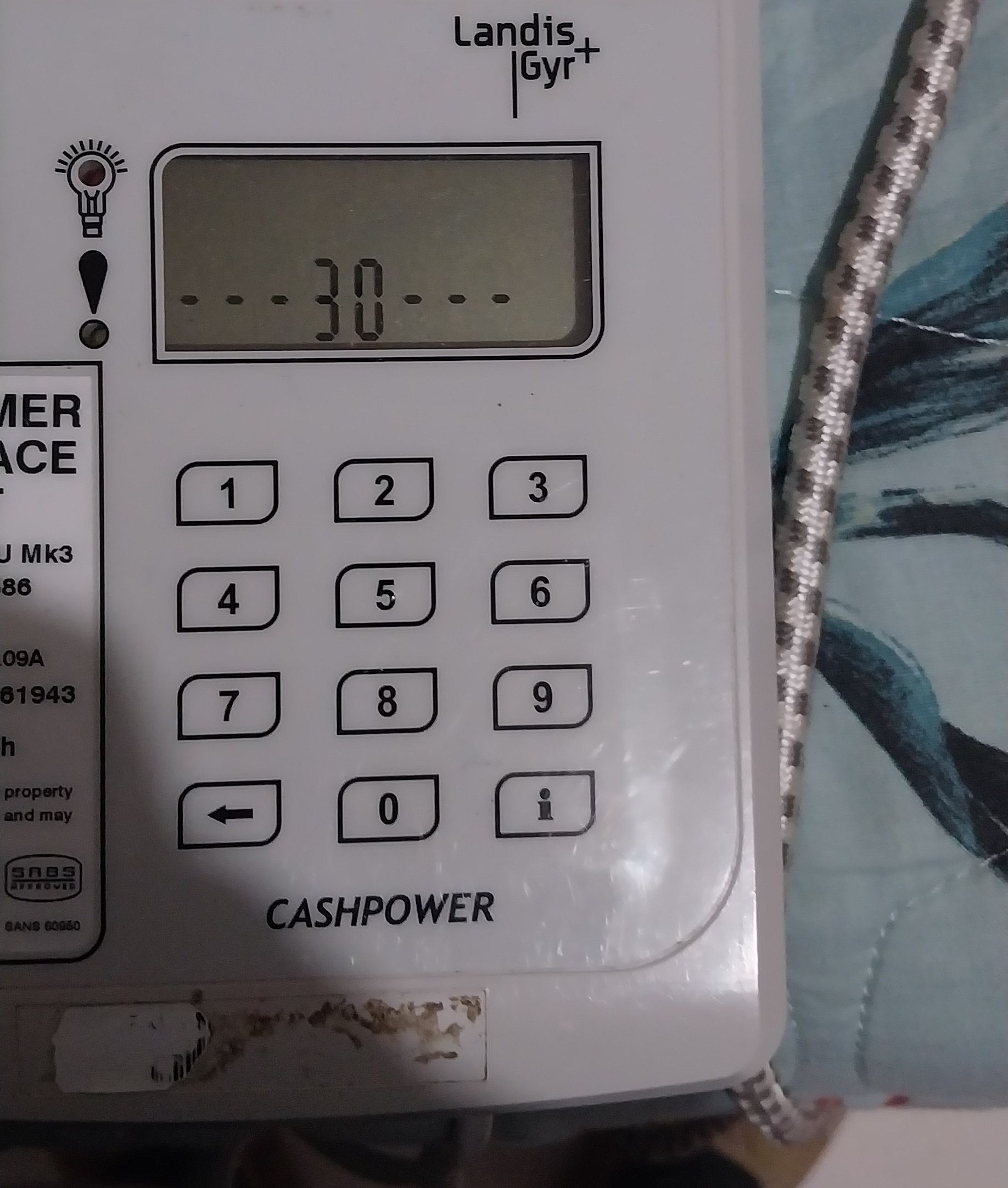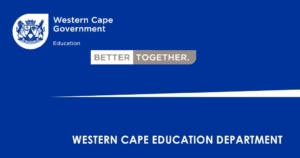On the morning of Saturday, 23 November, hundreds of Eskom prepaid electricity customers rose early to queue at vending sites, eager to upgrade their meters before the looming deadline. Many reported arriving as early as 3 a.m. to secure a place at the front of the line.
The urgency stems from a critical deadline set for Sunday, 24 November, when customers are required to purchase new electricity tokens to activate their meters’ KRN2 mode. Fortunately, Eskom has extended the upgrade deadline beyond the initial date, offering some relief. However, customers still need to purchase tokens by the end of Sunday to avoid disruptions.
Households Affected and Eskom’s Response
The households most impacted are those categorized as “zero buyers”—customers who have not regularly purchased electricity. For these users, the meter upgrade is essential to maintain access to prepaid electricity.
Eskom spokesperson Daphney Mokoena highlighted the innovative solution that the company has introduced to address the situation:
“Zero buyers in this situation need to go to their legal vending sites with their meter numbers to buy electricity.”
According to Eskom, the majority of active prepaid electricity users have already transitioned from the KRN1 system to the new KRN2 system, ensuring continued service.
Why Is the Upgrade Necessary?
The transition is driven by a technological limitation in the current vending codes. Eskom is implementing the upgrade to address an upcoming issue known as the Token Identifier (TID) rollover event. All prepayment meters that use STS technology—the global standard for prepaid electricity—will stop accepting new credit tokens once their vending codes expire.
This expiration is tied to a base date of 1993, with the unique 20-digit token identifier set to run out of range by 2024. Once this happens, prepayment meters that have not been upgraded will cease to function, as they will no longer accept new tokens.
“Each credit token has a unique token identifier (TID) encoded in the 20 digits to prevent token replay at the meter,” Eskom explained. “The TID is referenced to a base date of 1993 and will run out of range in 2024.”
To ensure seamless functionality, all prepaid meters must be recoded, whether the customer receives electricity directly from Eskom or through municipal suppliers.
Checking and Upgrading Your Meter
To verify whether your meter has been upgraded to the KRN2 system, customers can perform a simple check using their meter’s keypad. Enter the code 1844 6744 0738 4377 2416. The meter will display a result:
- If the number 1 appears, your meter remains on the KRN1 system and requires an upgrade.
- If the number 2 is displayed, your meter is already on the KRN2 system.
Some meters may also show additional letters alongside the KRN number, but the key indicator remains the numeric value.
What Customers Must Do
Eskom has emphasized that this programme is a self-service initiative, allowing customers to upgrade their own meters through a simple three-step process. This “DIY” approach is intended to streamline the transition for users and reduce long queues at vending sites.
The rollout of new vending codes ensures the meters’ functionality is extended, preventing disruptions in prepaid electricity access for millions of South Africans. Customers are urged to take prompt action to ensure their meters remain operational as the transition continues.
Implications for Non-Compliance
If your meter is not recoded, it will no longer accept new tokens after the existing credit is used. This could leave households without electricity until the necessary upgrade is completed. By upgrading now, customers can avoid service interruptions and continue purchasing tokens seamlessly.
Eskom’s innovative solution to pre-create Key Change Tokens (KCTs) has simplified the upgrade process, but the onus remains on customers to ensure their meters are compliant. The company urges all affected users to act swiftly to avoid any inconvenience.
By taking these proactive steps, South African households can ensure uninterrupted access to prepaid electricity during and after the TID rollover event.

















